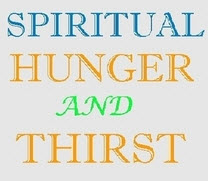 Sermon Text: John 4:5-15, 19-26, 39-42
Sermon Text: John 4:5-15, 19-26, 39-42
Sermon Excerpt
This morning I want to offer a history lesson: a lesson in the shifting nature of American spirituality since the 1950s. Don’t worry. This isn’t a doom and gloom account of the decline of Christianity or an attempt to idealize an earlier era. Instead, it is an effort to help give names to changes almost everyone here has lived through.
Robert Wuthnow, an esteemed sociologist who has taught for many years at Princeton where he also serves as the Director of their Center for the Study of Religion, wrote a book at the close of the twentieth century exploring spirituality in America since the 1950s.
He suggests the dominant spirituality in our country back in the 1950s could be characterized as a spirituality of dwelling. Church was at the center of society. In many places, churches were literally at the center of town. They were one of three pillars of stability along with small town life, and Americanism.
This was the height of church building and expansion projects. These larger spaces were needed because increasing percentages of Americans were joining local churches.
People went to church – they traveled to a specific sacred place to encounter the divine. This is what . . . (read full manuscript)
So What?
Spirituality continues to be a buzzword. Some people are spiritual but not religious, while others are spiritual and religious. Regardless, most people recognize and respond to spiritual hunger and thirst in their lives.
- In what ways do you find yourself hungering and thirsting during the Lenten season?
- How have you sought to satisfy or at least intentionally respond to these appetites?